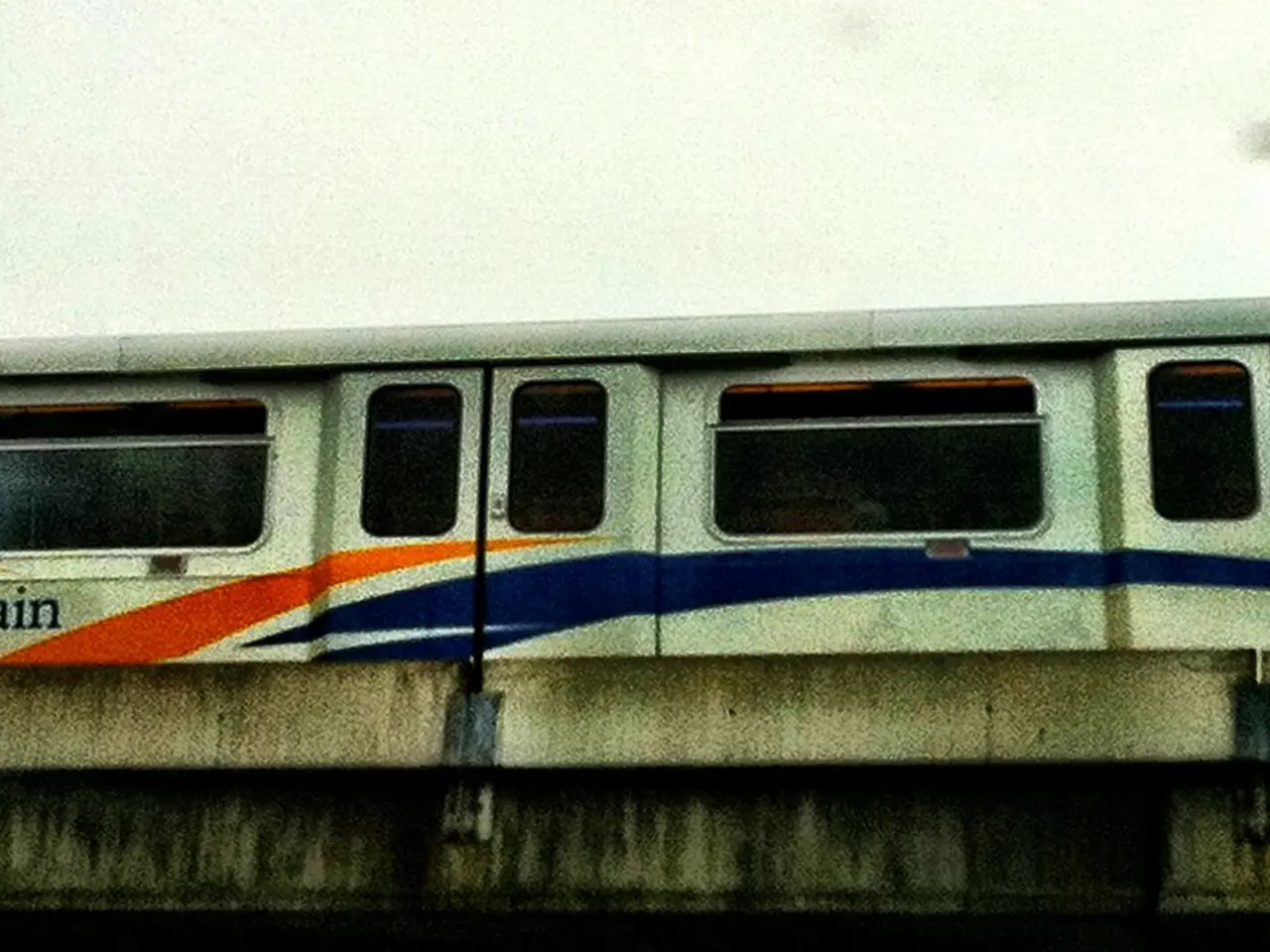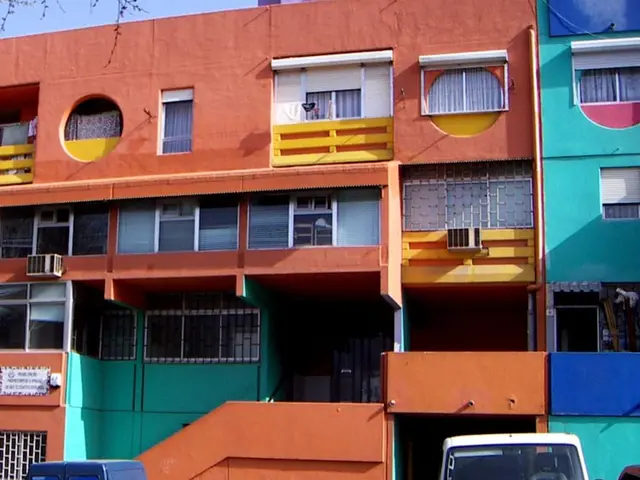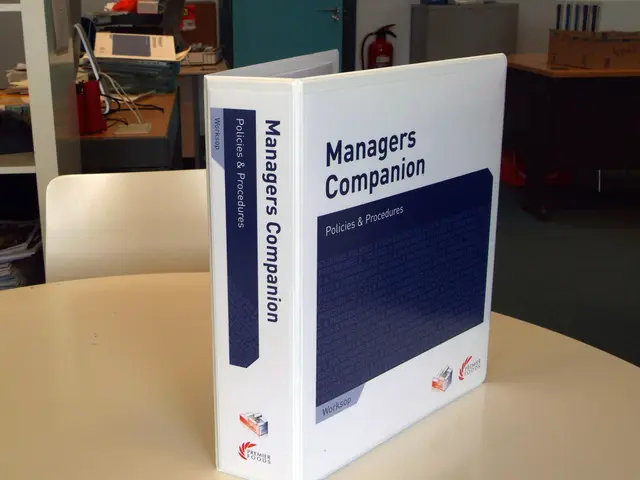Federal oversight for roughly 70,000 American railroad bridges falls to a limited number of inspectors, according to a recent investigation.
The Federal Railroad Administration (FRA) is responsible for ensuring the safety of nearly 70,000 railroad bridges across the United States, but with only six employees dedicated to this task, concerns about adequate oversight and safety enforcement are rising.[1][2]
Unlike highway bridges, railroad bridges appear to have less transparency in their inspections. While government engineers regularly inspect highway bridges every two years or more, railroad bridges are primarily inspected by the railroads themselves, and the results may not be shared with the public.[1][2]
In some cases, railroad infrastructure elements, such as weigh-in-motion scales, may have alternative inspection regimes, with weekly inspections by track inspectors. However, the FRA's regulatory framework allows for petitions and exemptions, which can affect bridge management programs and inspection requirements, although full public transparency and extensive inspection protocols are not universally applied to all railroad bridges.[1][2][3]
Recent incidents, such as the deadly train derailment and bridge collapse on I-25 in Colorado in 2023, have raised questions about the safety of railroad bridges. Investigators believe a broken rail could have been the cause.[1]
In western Oregon, a freight train crossed a nearly 75-year-old bridge, which subsequently collapsed, causing freight cars to drop into a river. Local environmentalist Michelle Emmons expressed concern about the potential hazardous materials in the railcars.[1][2]
Emmons, the co-director of a local nonprofit called the Willamette Riverkeeper, stated that the burned and charred condition of the bridge footers suggested a previous significant fire had occurred at the bridge. The collapse occurred two years after a significant fire was fought off at the same location by local emergency officials.[1]
The collapse resulted in the emergency dispatch of services, and approximately 150,000 pounds of fertilizer poured into the river due to the bridge collapse. The incident highlights the potential risks associated with inadequate railroad bridge safety and the need for improved oversight and transparency.[1][2]
Congresswoman Summer Lee plans to introduce legislation that creates a national public database of railroad bridge inspections, aiming to increase transparency and public awareness about the safety of railroad bridges across the U.S.[1]
However, the FRA's core role includes promulgating and enforcing rail safety regulations, but given the tiny number of inspectors for railroad bridges, oversight capacity is very limited at the federal level.[4][5]
Federal infrastructure legislation, such as the Infrastructure Investment and Jobs Act, includes funding and provisions aimed at improving safety and repair of bridges (including rural bridges) broadly in the transportation network. However, specific plans or increased staffing for FRA inspectors overseeing railroad bridges are not specified in the provided results.[4][5]
Mike Rush of the American Association of Railroads stated that railroad bridge data, if made public, would be both indecipherable and liable to being misunderstood by the general public.[1]
In the past, railroads like Portland & Western Railroad have inspected and repaired their bridges after fires but have withheld their inspection reports from the public.[1]
In 2020, a BNSF railroad bridge collapsed in Tempe, Arizona, raising similar concerns about railroad bridge safety and the need for improved oversight and transparency.[1]
[1] https://www.oregonlive.com/transportation/2023/02/oregon-bridge-collapse-raises-questions-about-railroad-safety-and-transparency.html [2] https://www.npr.org/2023/02/07/1157124396/oregon-train-derailment-raises-questions-about-railroad-safety [3] https://www.fra.dot.gov/Page/P0607 [4] https://www.congress.gov/bill/117th-congress/senate-bill/2302 [5] https://www.whitehouse.gov/briefing-room/statements-releases/2021/03/31/fact-sheet-the-biden-harris-administrations-american-jobs-plan/
- The Federal Railroad Administration's focus on public safety extends to the 70,000 railroad bridges across the US, but the limited number of inspectors raises concerns about adequate oversight and enforcement.
- Unlike highway bridges, railroad bridges have less transparency in their inspections, with the railroads themselves primarily conducting the inspections and the results potentially not being shared with the public.
- The collapse of a railroad bridge in western Oregon, which caused hazardous materials to spill into a river, underscores the potential risks associated with inadequate railroad bridge safety and the need for improved transparency and oversight.
- In light of these issues, Congresswoman Summer Lee plans to introduce legislation that would create a national public database of railroad bridge inspections, aiming to increase transparency and public awareness about the safety of railroad bridges across the US.








